When students and faculty visit the University of Utah from MUET, they will have access to a series of labs doing work on water. This includes work on water sustainability, surface imaging, mercury, and water/soil testing. We visited four of theses labs and collected photos, along with a brief look at what sorts of work they are currently doing.
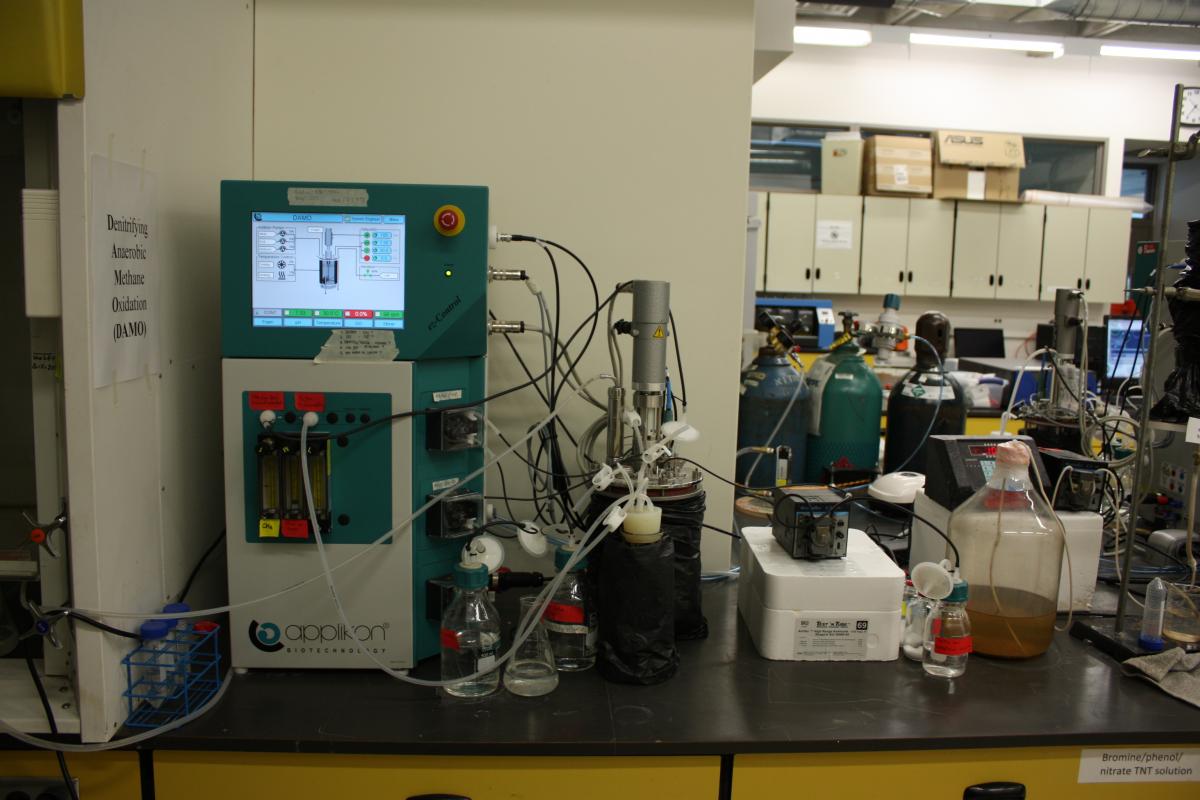
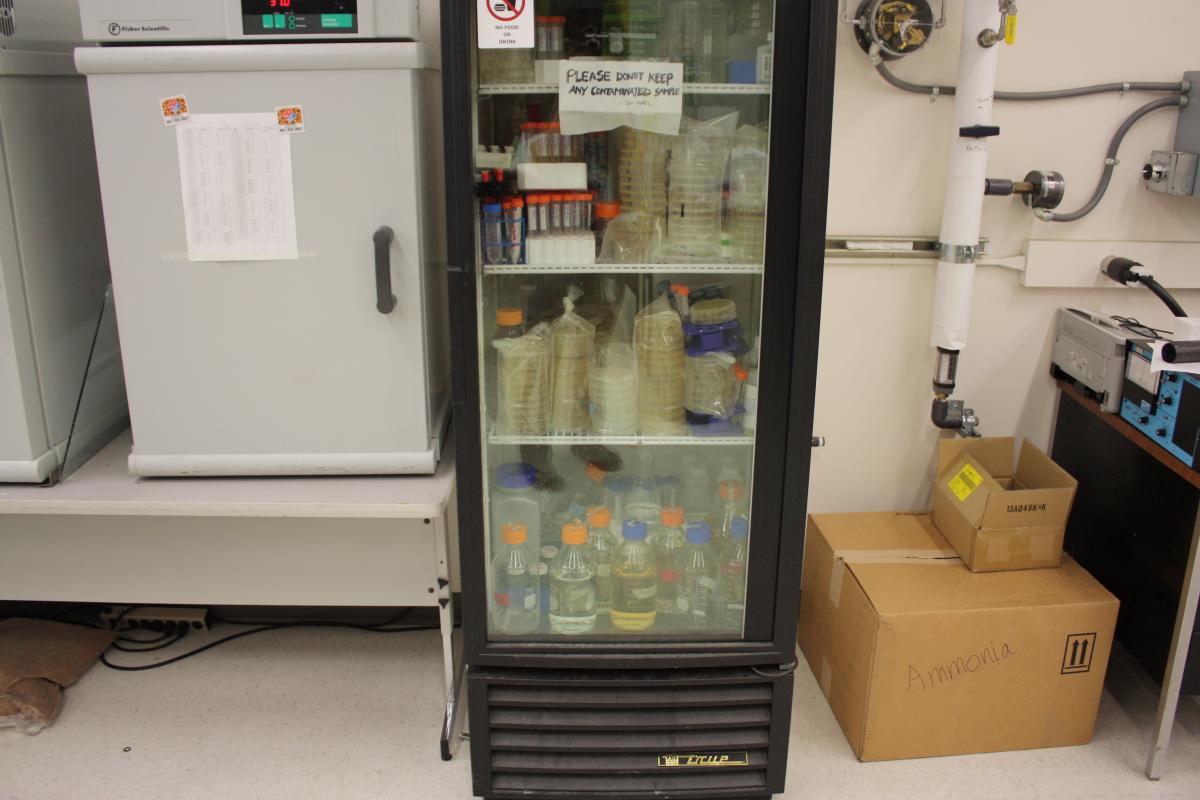
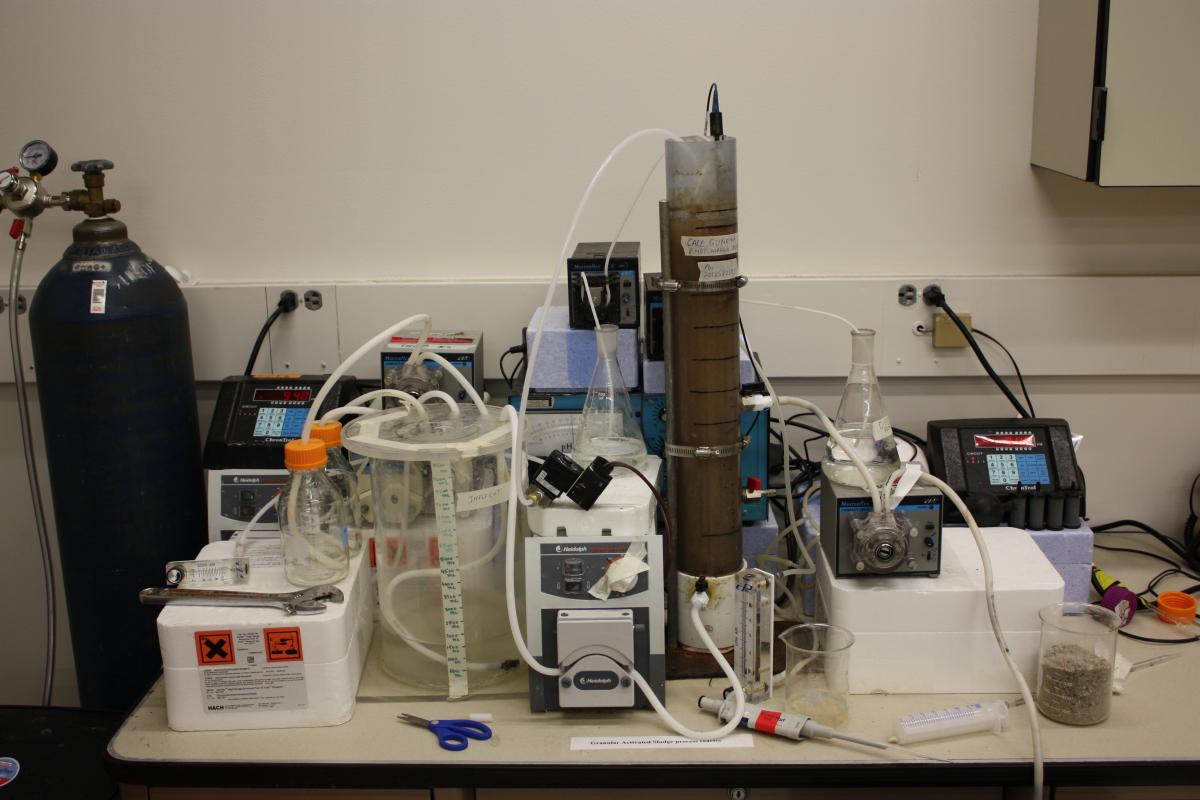
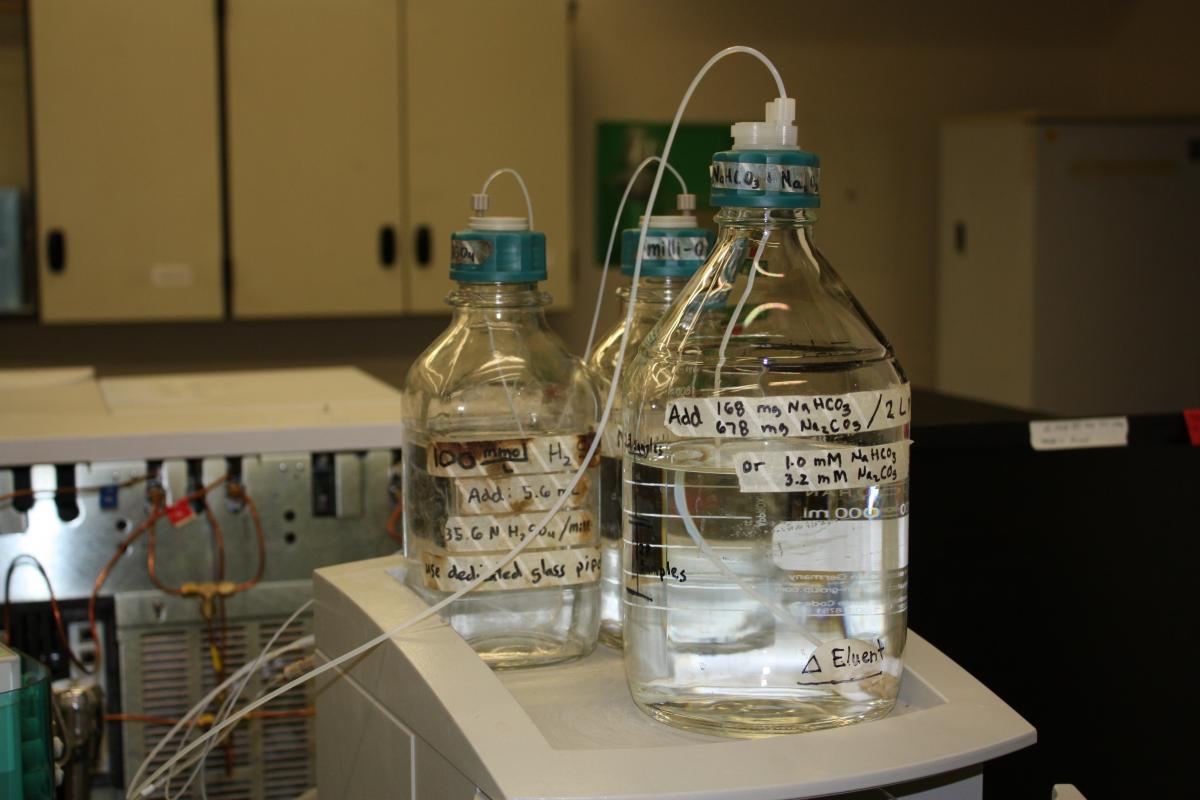
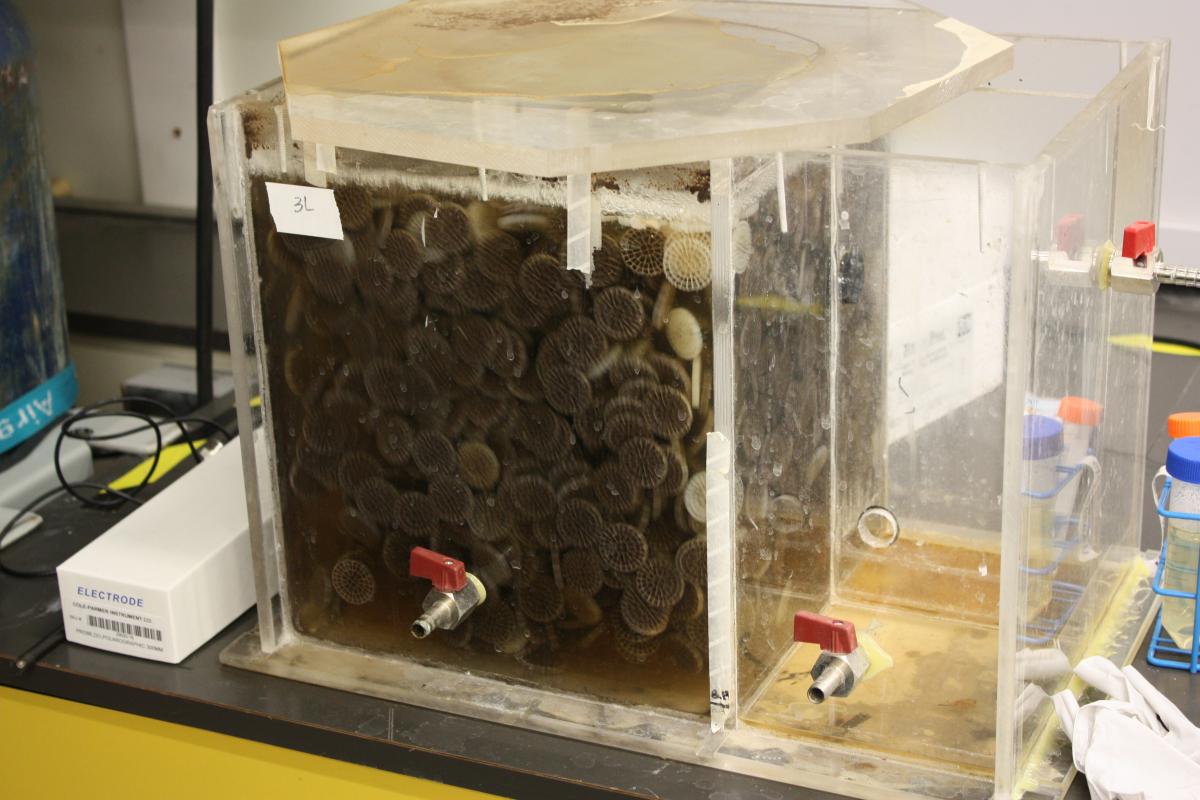





Goel lab focuses on water sustainability with particular emphasis on resource recovery from waste streams, nitrogen cycling in natural and engineered ecosystems, water reuse, environmental biotechnology and advanced genomics. The ultimate goal is to make this society sustainable in terms of water availability, environmental stewardship and human health.
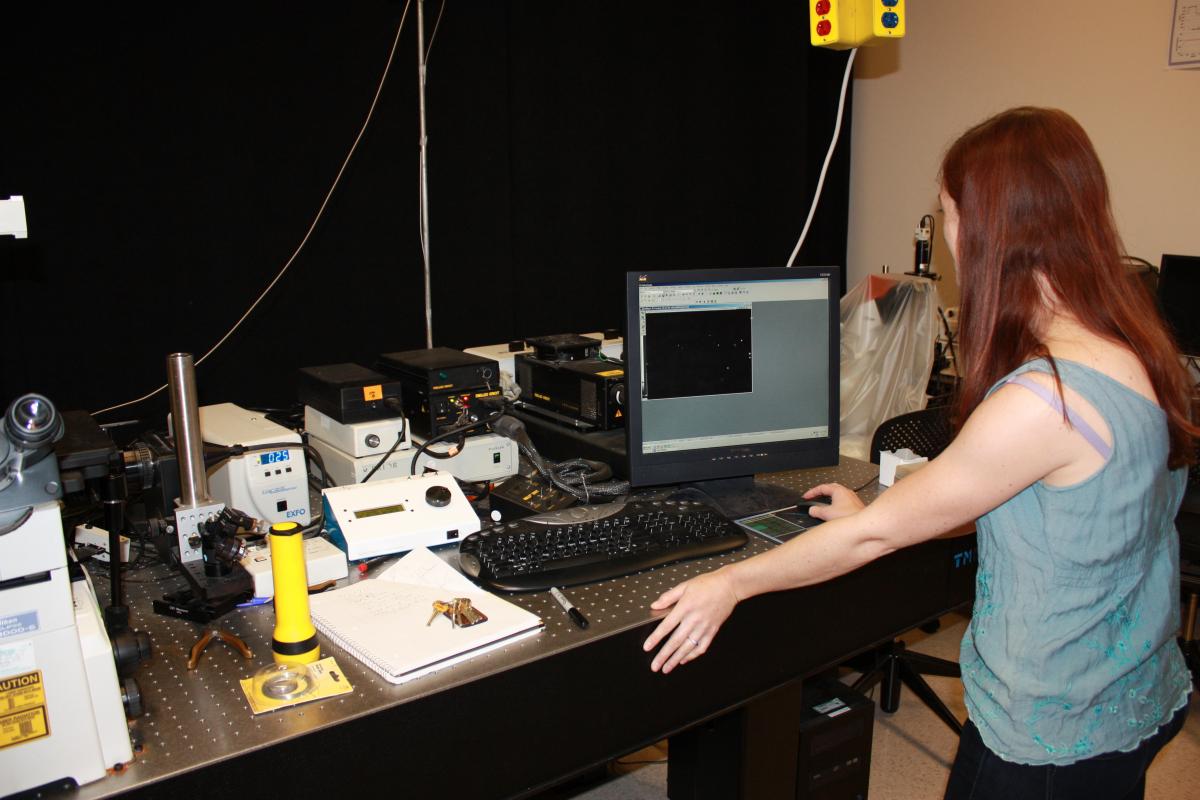
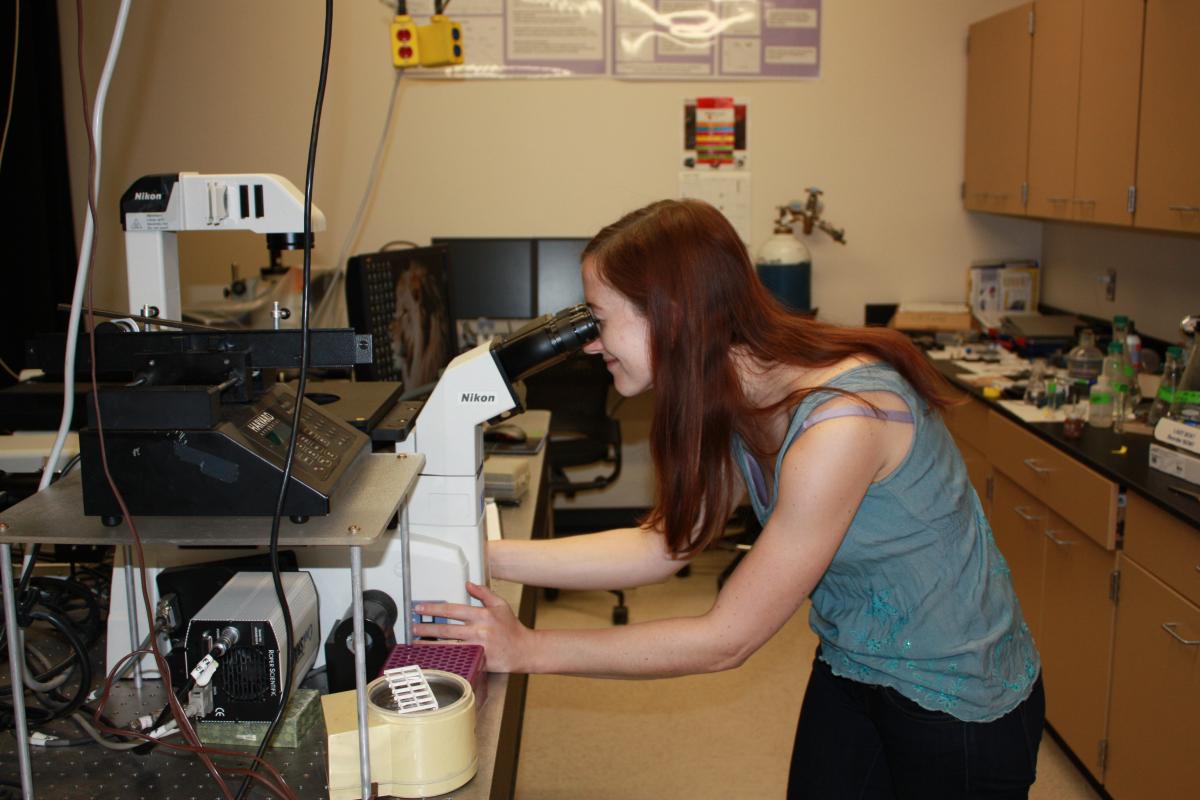
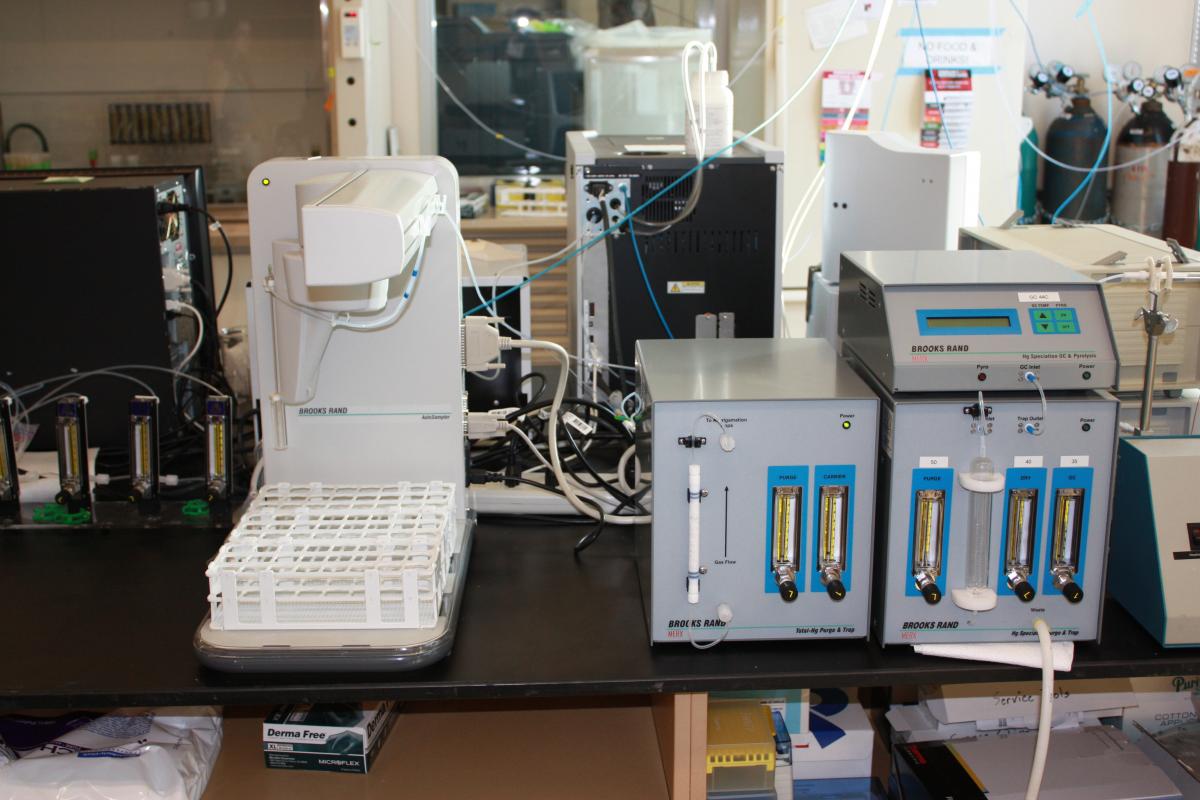
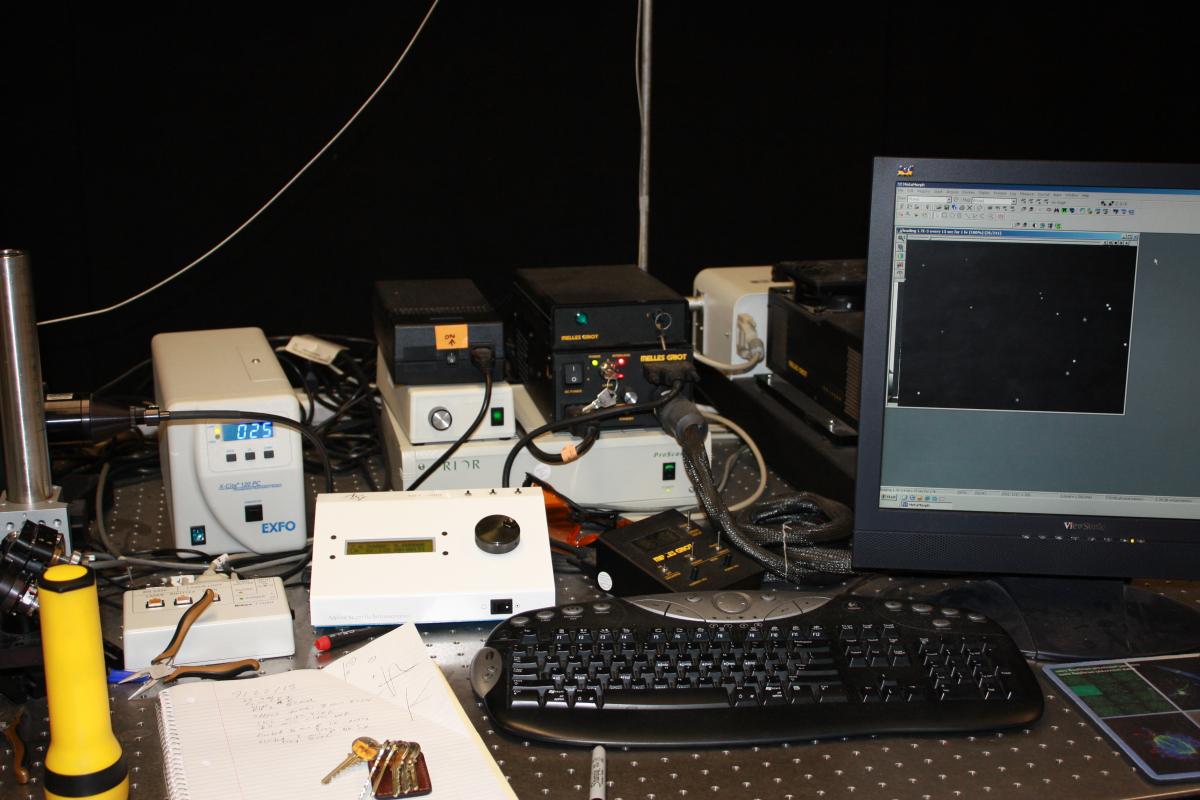




The surface imaging lab directly observes colloid attachment to a variety of substrates (glass, mica, albite) using an impinging jet flow cell. The microscope objective is placed directly below the substrate so that time-laps images of the experiment can be recorded. The lab also has an atomic force microscopy machine that is used to measure surface topography.
The mercury lab, has the ability to measure both total mercury and methylmercury concentrations using cold vapor atomic florescence spectrophotometry (CVAFS). This can be done in water, biota (such as muscle tissue, plants, hair, fish), and sediment. Currently members of Dr. Johnson's geochemistry research group are trying to understand mercury cycling in the Great Salt Lake and various effects that the causeway closure (a physical barrier bi-secting the lake) has on mercury concentrations.

The Pomeroy lab is a home base for several types of water and soil testing, most of which revolves around green infrastructure and stormwater management. We test for Total Nitrogen, NO3-N, NO2-N, NH4-N in soil, as well as soil pH. Additionally, we test for Total suspended solids in water, and process other water samples for testing in other labs.
